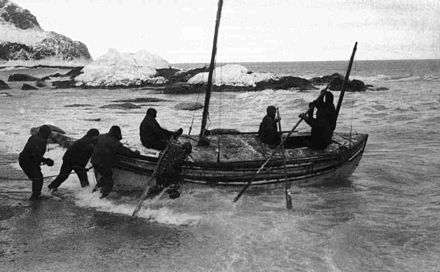Elephant Island Here We Come (Page Ten)
A few hundred miles and we arrive at Elephant Island in Antarctica.
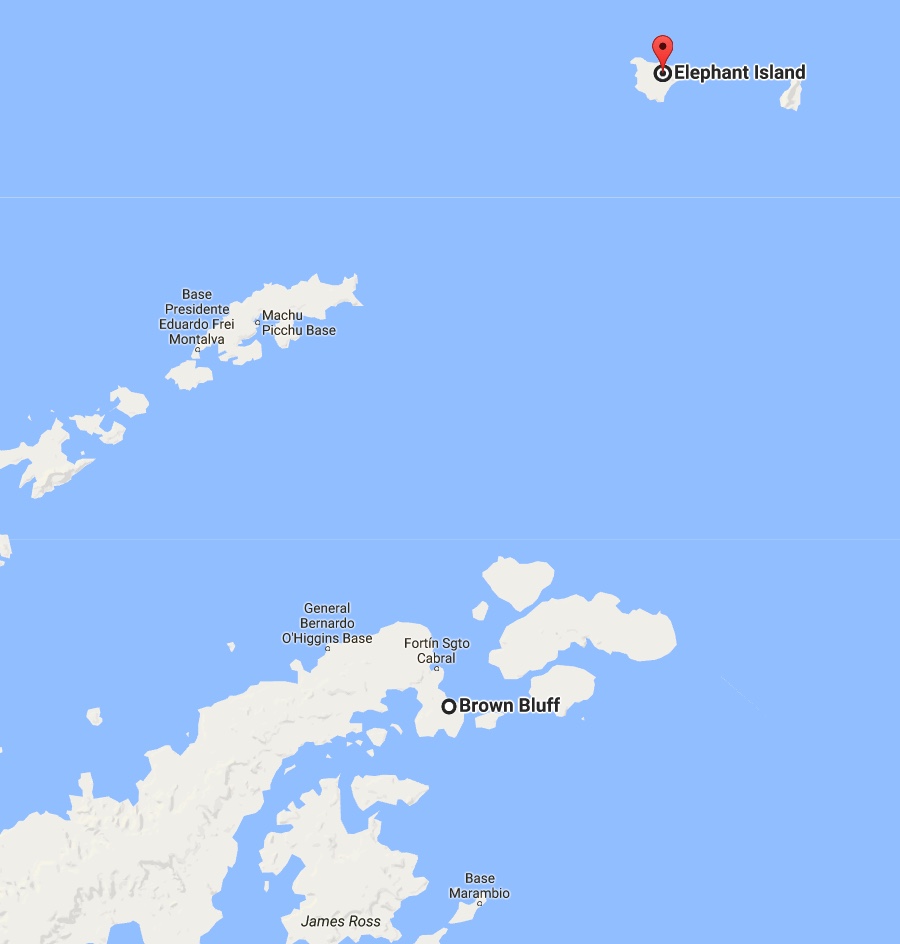
About 220 miles... An easy swim!


Did You Know? - Elephant Island is an ice-covered mountainous island off the coast of Antarctica in the outer reaches of the South Shetland Islands, in the Southern Ocean. Its name was given by early explorers sighting elephant seals on its shores. The island is situated 245 kilometers (152 miles) north-northeast of the tip of the Antarctic Peninsula, 1,253 kilometers (779 miles) west southwest of South Georgia, 935 kilometers (581 miles) south of the Falkland Islands, and 885 kilometers (550 miles) southeast of Cape Horn. It is within the Antarctic claims of Argentina, Chile and the UK. Brazil has a shelter on the island, Goeldi, supporting the work of up to six researchers each during the summer.
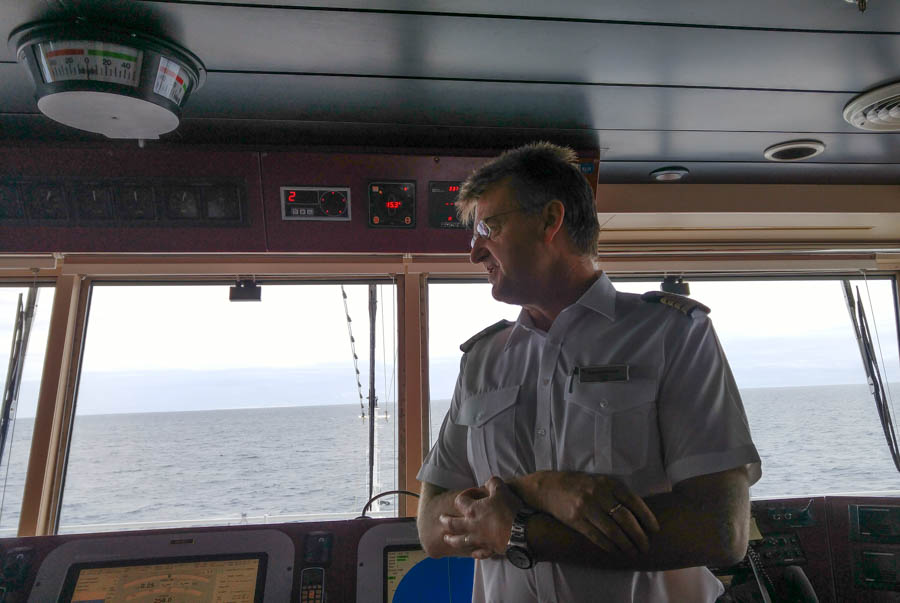
Keeping an eye on the helm
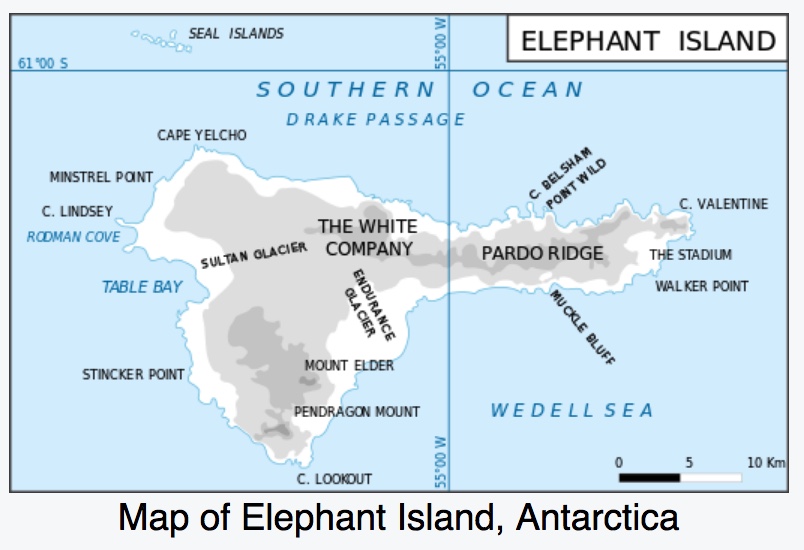
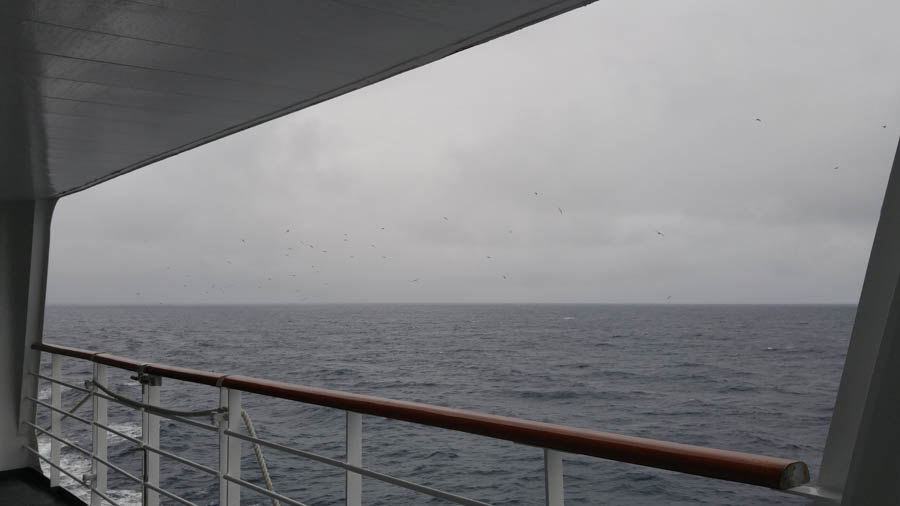
Always clouds...
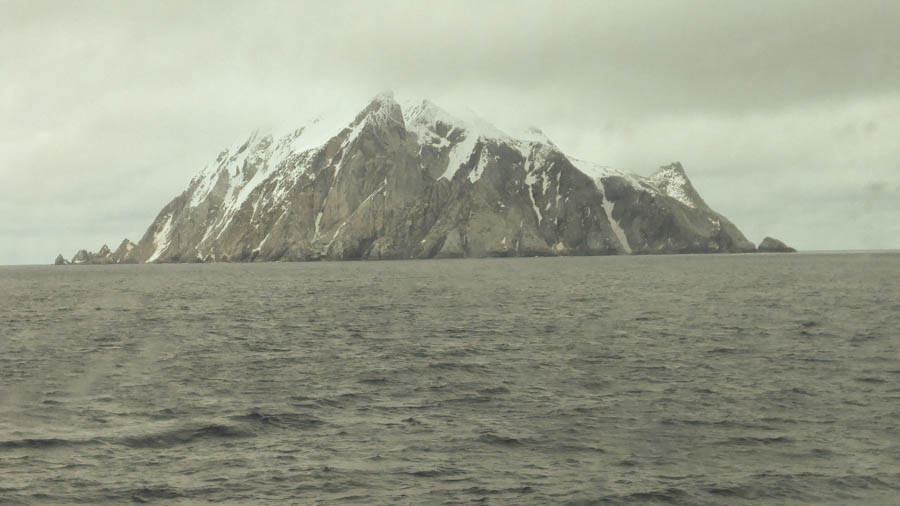
It's a big rock!

Looking for a place to stop and launch the launches!

We are getting close!
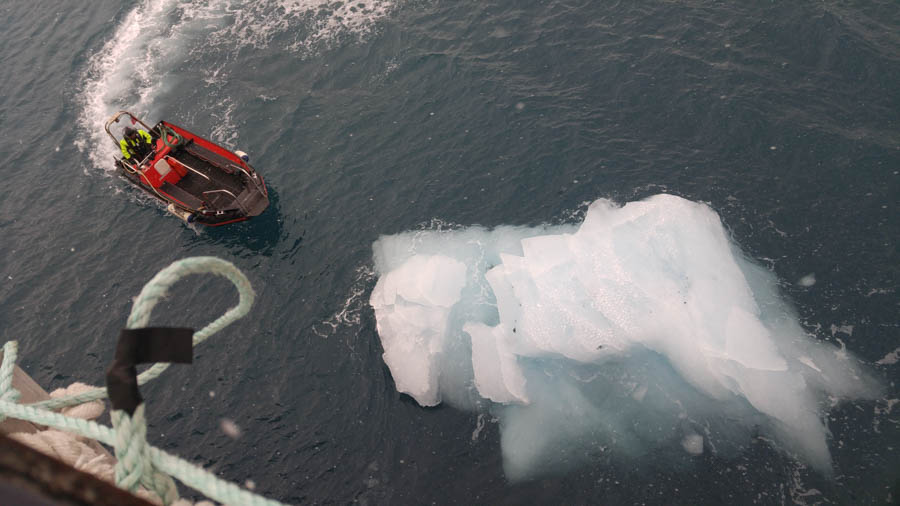
Pushing the ice out of the way
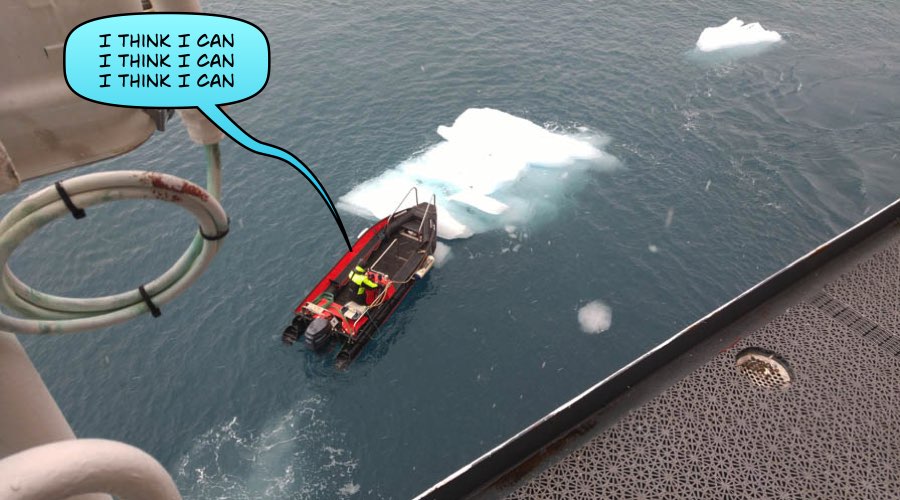
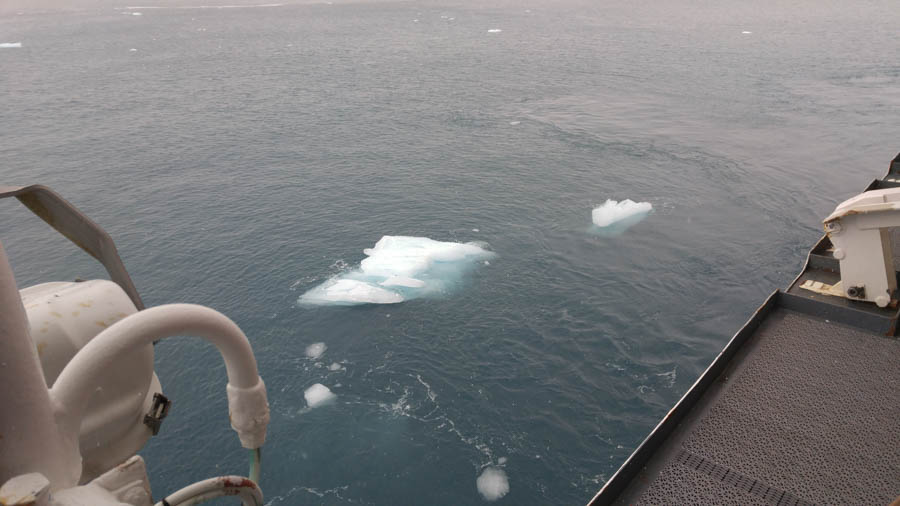
It's away from the door now

I didn't take off my mittens this time!
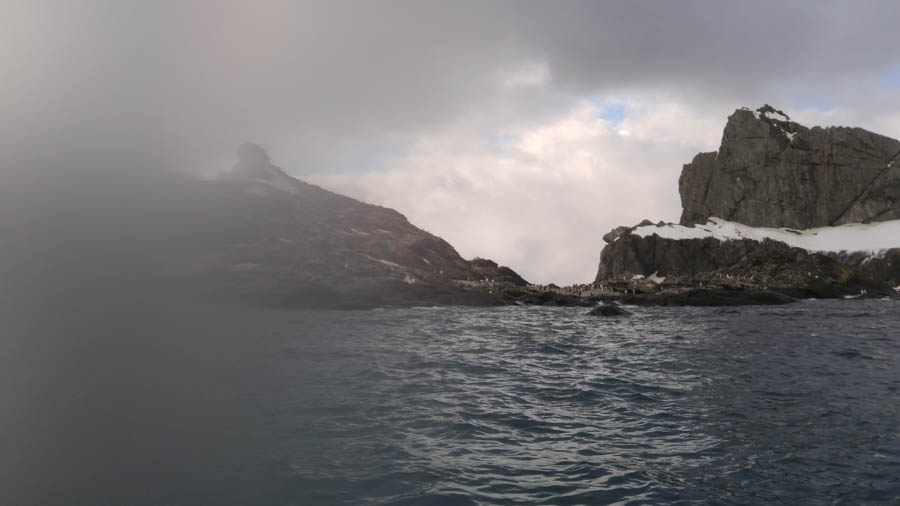
Bad picture.. Warm hands...
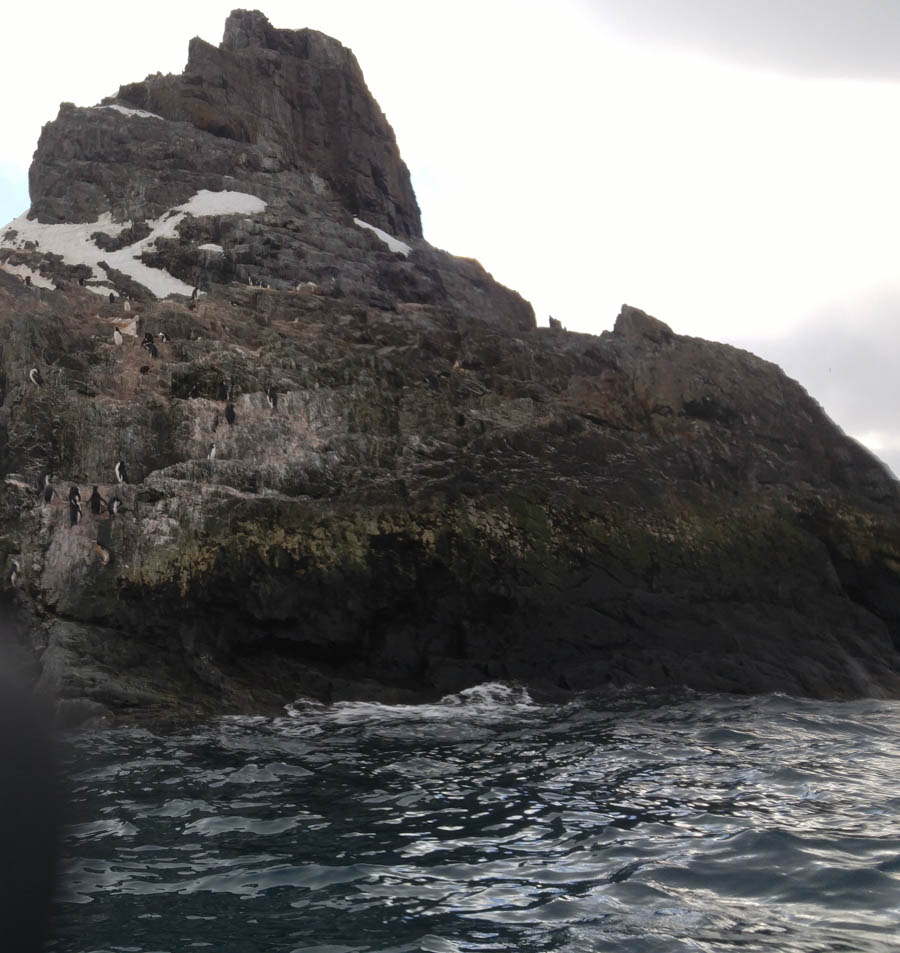
How those little buggers get up on the rock without flying is amazing
Did You Know? - The island supports no significant flora or native fauna although migratory gentoo penguins and seals may be found, and chinstrap penguins nest in season. A lack of safe anchorage has prevented any permanent human settlement, despite the island being well placed to support scientific, fishing and whaling activities.
Elephant Island's name can be attributed to both its elephant head-like appearance and the sighting of elephant seals by Captain George Powell in 1821, one of the earliest sightings. The weather is normally foggy with much snow, and winds can reach 160 km/h (100 mph).
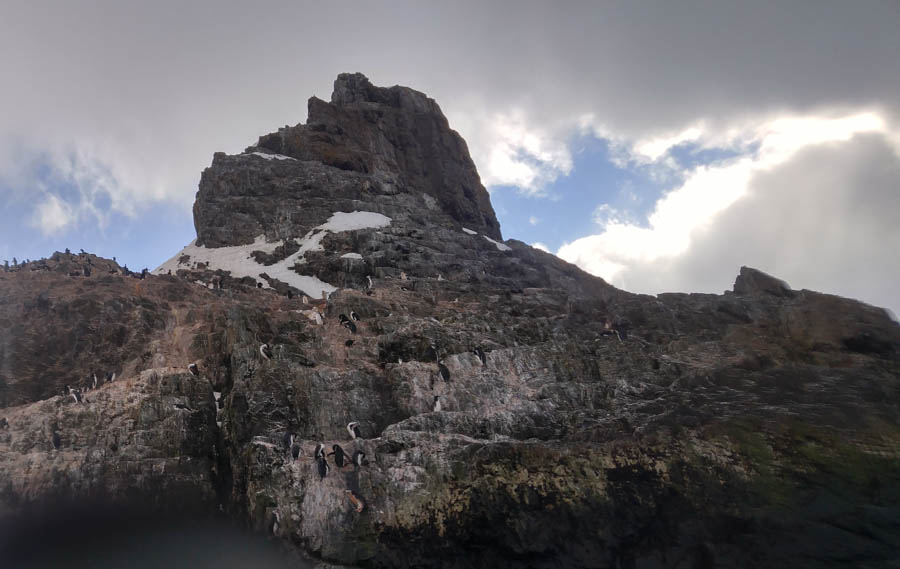
Just rock!

Bundled up for the visit
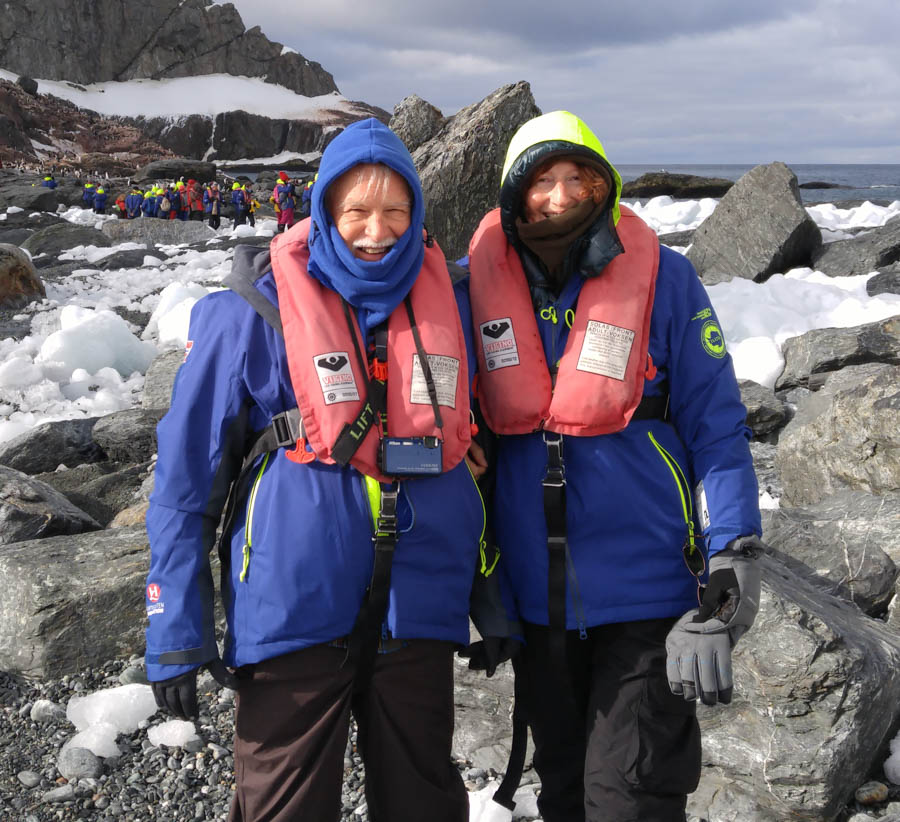
The mustache will be frozen in a few minutes

Brave to have a glove removed!
Did You Know? - The island is most famous as the desolate refuge of British explorer Ernest Shackleton and his crew in 1916. Following the loss of their ship Endurance in Weddell Sea ice, the 28 exhausted men reached Cape Valentine on Elephant Island after a harrowing ordeal on drifting ice floes.
The first of Shackleton's crew to set foot here, and presumably the first person ever to make landfall, was Perce Blackborow, originally a stowaway on Endurance. Since Blackborow was the youngest crew member, Shackleton commanded that he make the first landfall on the island.[
After camping at Cape Valentine for two nights, Shackleton and his crew moved 11 kilometers (7 mi) westwards to a location which offered better protection from rockfalls and from the sea, and which they called Point Wild.
Realizing that there was no chance of rescue, Shackleton decided to sail to South Georgia where he knew there were several whaling stations.
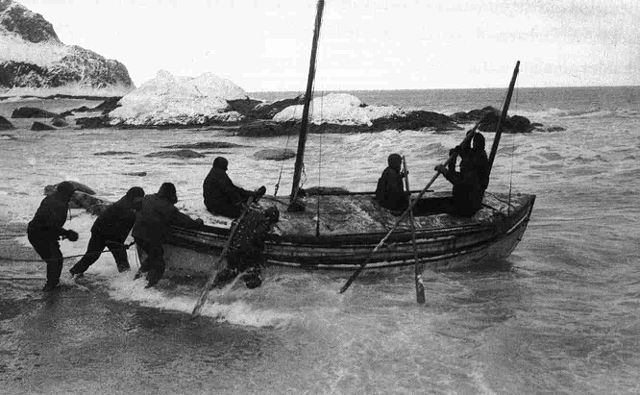
April 24, 1916
Shackleton sailed with five other men on a 1,287 km (800 mi) voyage in the open lifeboat James Caird on Easter Monday, April 24, 1916, arriving at South Georgia 16 days later. His second-in-command, Frank Wild, was left in charge of the men on Elephant Island, waiting for Shackleton's return with a rescue ship.
They hunted for penguins and seals, neither of which were plentiful in autumn or winter. Many of the crew were already ill and frostbitten, and they were now also in danger of starvation. After four and a half months, one of the men spotted a ship on August 30, 1916. The ship, with Shackleton on board, was the tug Yelcho, from Punta Arenas, Chile, commanded by Luis Pardo, which rescued all the men who had set out on the original expedition.
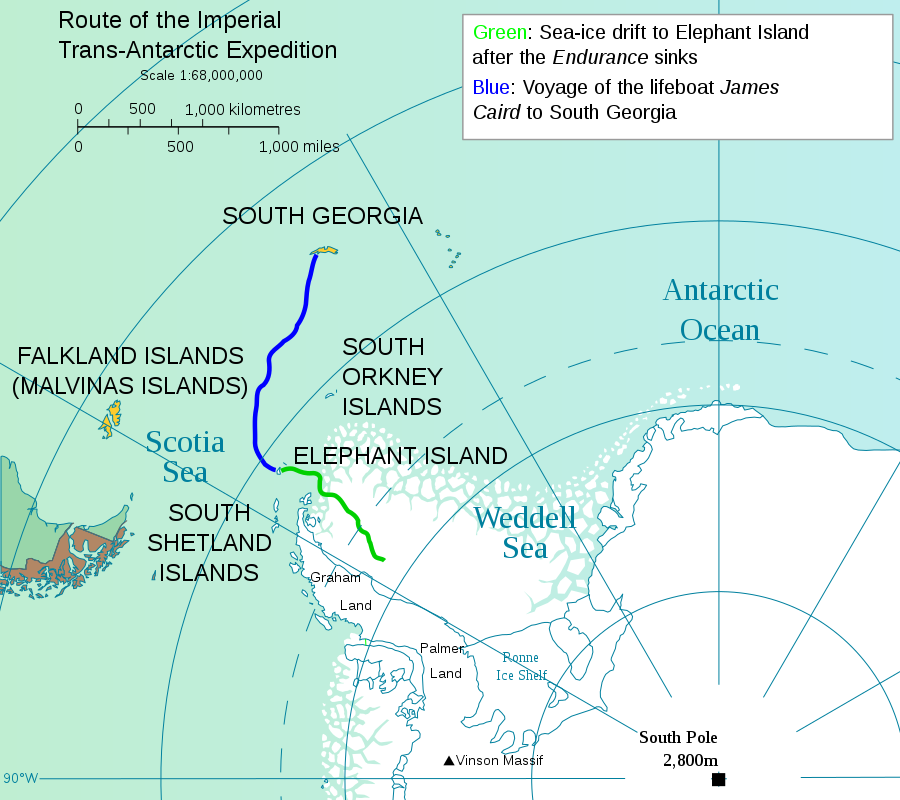
When men were men... One hundred years ago
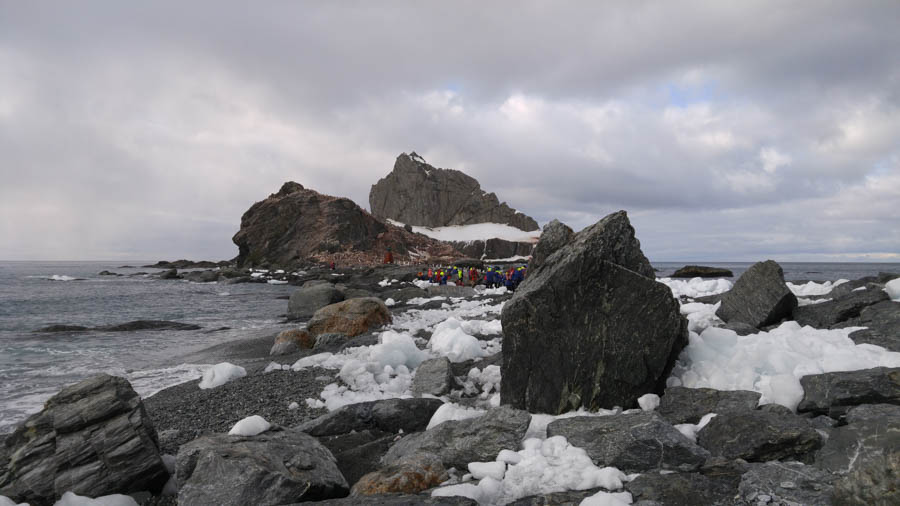
Desolate
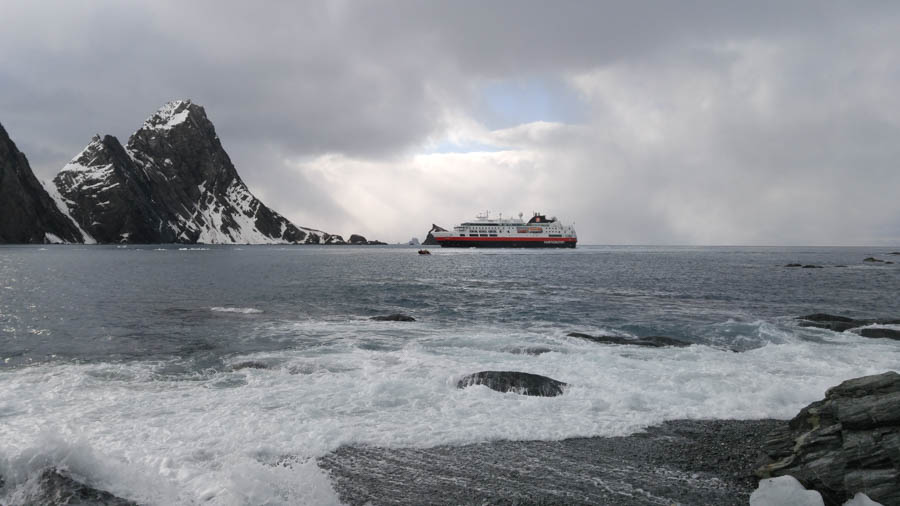
Our ship awaits our arrival

Even getting a launch to shore is a challenge

An interesting memorial
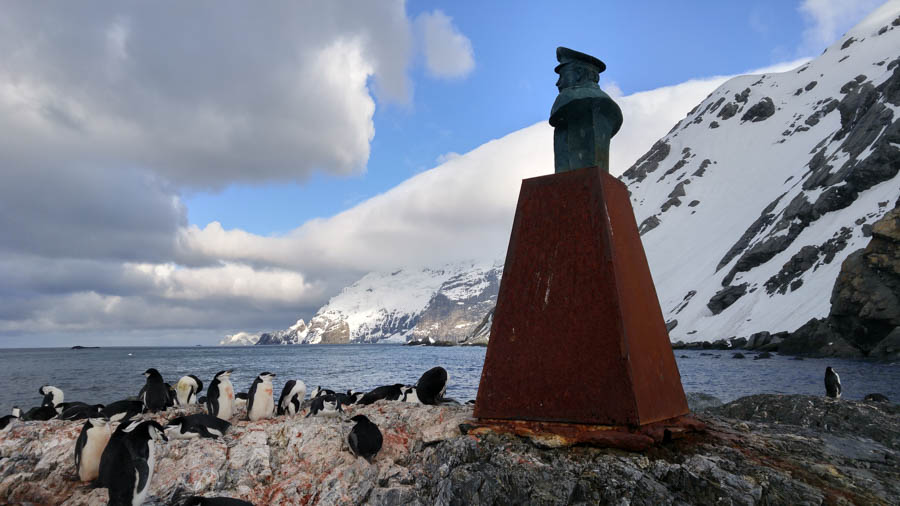
Point Wild contains the Endurance Memorial Site, an Antarctic Historic Site (HSM 53), with a bust of Captain Pardo and several plaques.

He gets very lonely

The penguins come to visit
Did You Know? - A bust of Captain Luis Alberto Pardo, with a monolith and plaques, have been placed at the point to celebrate the rescue of the survivors of the Endurance by the Yelcho. The inscription reads:
"Here on August 30th, 1916, the Chilean Navy cutter Yelcho commanded by Pilot Luis Pardo Villalón rescued the 22 men from the Shackleton Expedition who survived the wreck of the Endurance living for four and one half months in this Island".
The monolith and plaques, along with replicas at the Chilean Antarctic research stations of Capitan Arturo Prat and President Eduardo Frei, were surmounted with the bronze busts of Pardo during the XXIVth Chilean Antarctic Scientific Expedition in 1987–88.
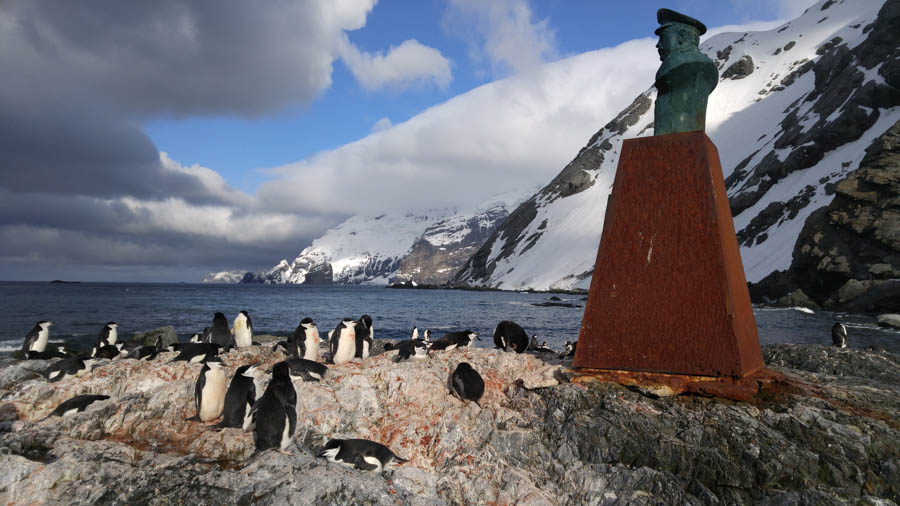
See you later Captain
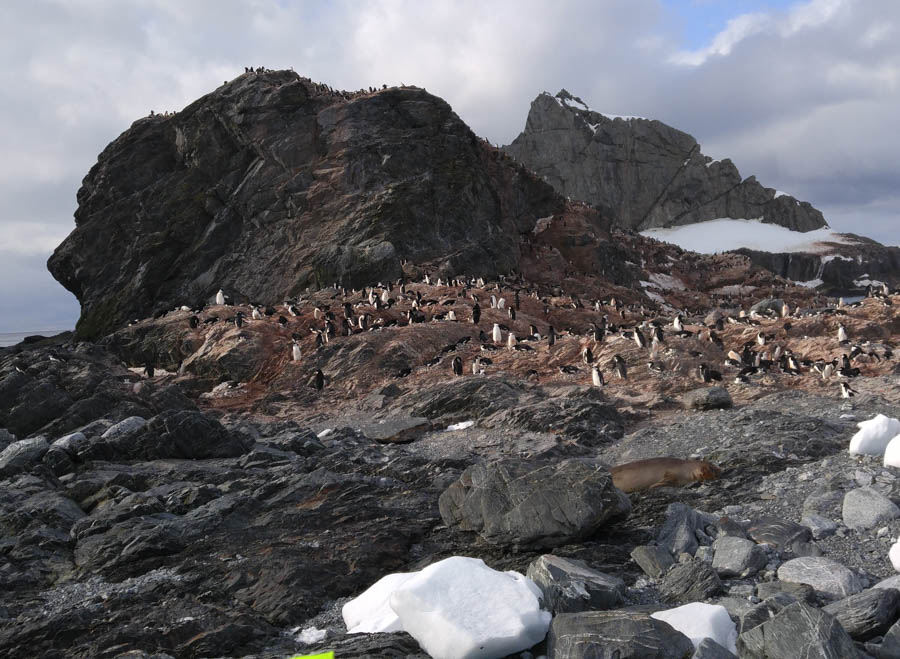
As we head out to sea
